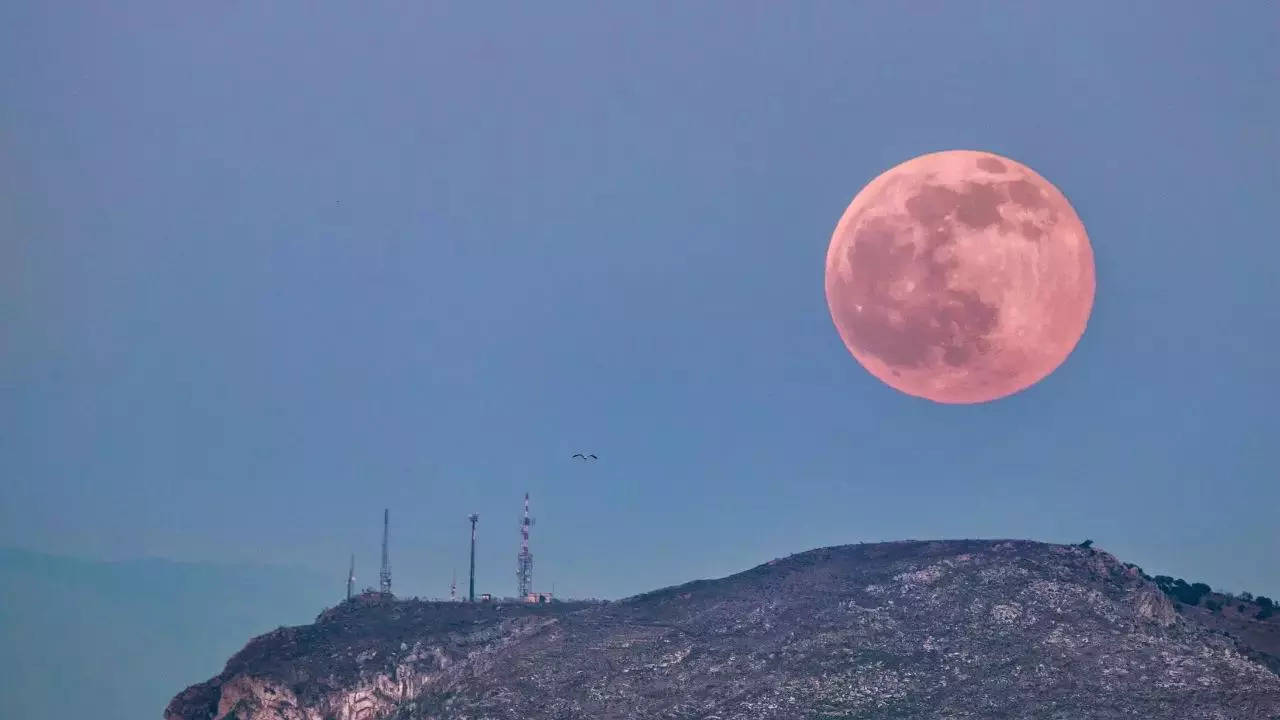NEW DELHI: Despite technological advancements since the Apollo missions, which landed a dozen astronauts on the moon between 1969 and 1972, the current efforts under Nasa‘s Artemis program to return humans to the lunar surface are facing significant challenges. This situation raises the question: Why is getting back to the moon so difficult today?
Financial and political challenges
The Artemis program, unlike its Apollo predecessor, operates under far tighter budget constraints.”At its peak, Nasa was consuming around 5% of the entire federal budget,” a significant portion of which was dedicated to the Apollo program. If adjusted for inflation, Apollo would have cost over $260 billion in today’s dollars. In contrast, Nasa’s current budget is less than half a percent of the federal budget, with many more priorities stretching that budget thinner, a Space.com report said.
Technical and risk management challenges
Beyond financial constraints, the political appetite for space exploration has waned since the 1960s space race. The political and public will to fund another moon landing at Apollo’s levels simply isn’t present, with high-profile disasters like the Challenger and Columbia tragedies significantly lowering risk tolerance. “The Apollo missions were outright dangerous, with a significant chance of failure,” and such a level of risk is no longer acceptable.
Decisions made at the end of the space shuttle program have also impacted Artemis. Nasa chose to maintain its industrial capabilities by reusing many shuttle parts in the Artemis program. This decision preserved aerospace engineering skills and infrastructure, which have been crucial in the resurgence of private spaceflight companies.
Evolving complexities
Today’s Artemis missions aim not just to land astronauts on the moon but to begin building infrastructure for a permanent human presence. This shift means that Artemis has far more complex goals than Apollo did. “The astronauts will spend up to a week on the lunar surface,” requiring more resources and more sophisticated scientific instruments. The focus on scientific investigation and sustainable exploration also adds layers of complexity to mission planning.
While the Apollo missions were driven by a singular goal of beating the Soviets to the moon, Artemis aims to establish a lasting legacy on the lunar surface, paving the way for future generations. This vision, while more sustainable and scientifically driven, comes with its own set of formidable challenges that Nasa must navigate in the modern era.
Financial and political challenges
The Artemis program, unlike its Apollo predecessor, operates under far tighter budget constraints.”At its peak, Nasa was consuming around 5% of the entire federal budget,” a significant portion of which was dedicated to the Apollo program. If adjusted for inflation, Apollo would have cost over $260 billion in today’s dollars. In contrast, Nasa’s current budget is less than half a percent of the federal budget, with many more priorities stretching that budget thinner, a Space.com report said.
Technical and risk management challenges
Beyond financial constraints, the political appetite for space exploration has waned since the 1960s space race. The political and public will to fund another moon landing at Apollo’s levels simply isn’t present, with high-profile disasters like the Challenger and Columbia tragedies significantly lowering risk tolerance. “The Apollo missions were outright dangerous, with a significant chance of failure,” and such a level of risk is no longer acceptable.
Decisions made at the end of the space shuttle program have also impacted Artemis. Nasa chose to maintain its industrial capabilities by reusing many shuttle parts in the Artemis program. This decision preserved aerospace engineering skills and infrastructure, which have been crucial in the resurgence of private spaceflight companies.
Evolving complexities
Today’s Artemis missions aim not just to land astronauts on the moon but to begin building infrastructure for a permanent human presence. This shift means that Artemis has far more complex goals than Apollo did. “The astronauts will spend up to a week on the lunar surface,” requiring more resources and more sophisticated scientific instruments. The focus on scientific investigation and sustainable exploration also adds layers of complexity to mission planning.
While the Apollo missions were driven by a singular goal of beating the Soviets to the moon, Artemis aims to establish a lasting legacy on the lunar surface, paving the way for future generations. This vision, while more sustainable and scientifically driven, comes with its own set of formidable challenges that Nasa must navigate in the modern era.
Denial of responsibility! Swift Telecast is an automatic aggregator of the all world’s media. In each content, the hyperlink to the primary source is specified. All trademarks belong to their rightful owners, all materials to their authors. If you are the owner of the content and do not want us to publish your materials, please contact us by email – swifttelecast.com. The content will be deleted within 24 hours.


